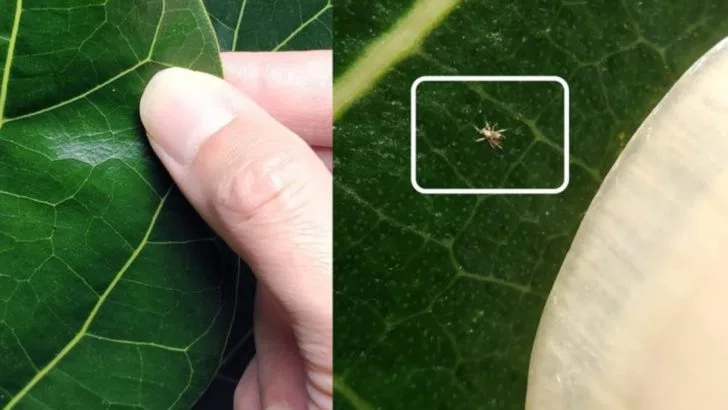They’re stylish, photogenic, and all over your feed—but some of the most popular indoor plants come with an uninvited fan club: pests. Spider mites, fungus gnats, and mealybugs seem to have a sixth sense for which plants are trending, and they show up just in time to ruin the vibe.
It doesn’t mean you have to skip these plants entirely, but it does help to know which ones need a little extra watchfulness. From velvety leaves to moisture-loving roots, certain features make these beauties more pest-prone than others. Here are 14 favorites that may attract some buggy attention—and how to stay one step ahead.
Fiddle Leaf Fig
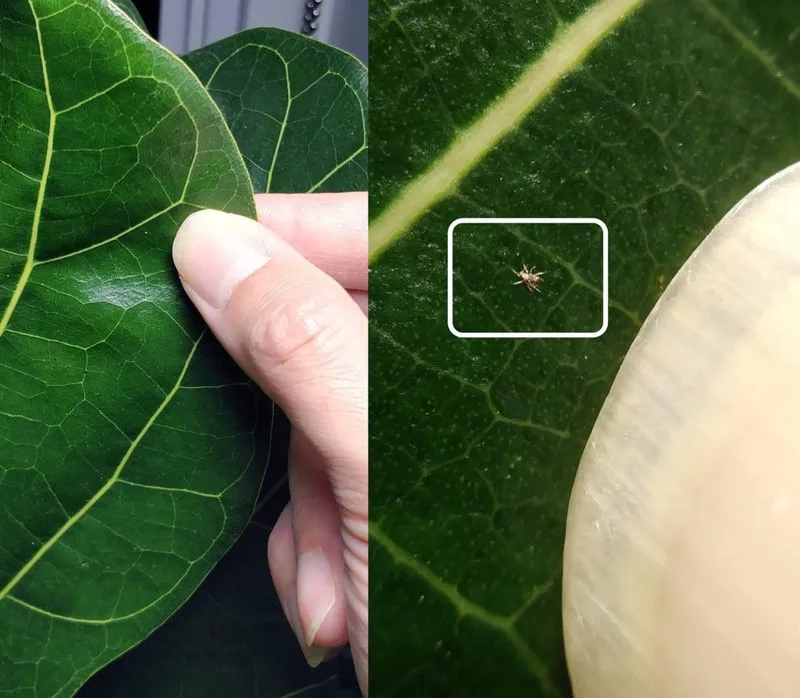
The Fiddle Leaf Fig, with its bold leaves, is a show-stopper in any home. However, its broad foliage invites pests like spider mites. These tiny invaders thrive in warm, dry conditions.
If not managed, they create unsightly webs and damage leaves. Regular cleaning and humidity control can help. Despite its challenges, many love this plant for its dramatic appearance.
Did you know? This plant hails from Western Africa, adding an exotic touch to interiors. A consistent care routine, particularly during dry seasons, keeps it thriving.
Monstera Deliciosa
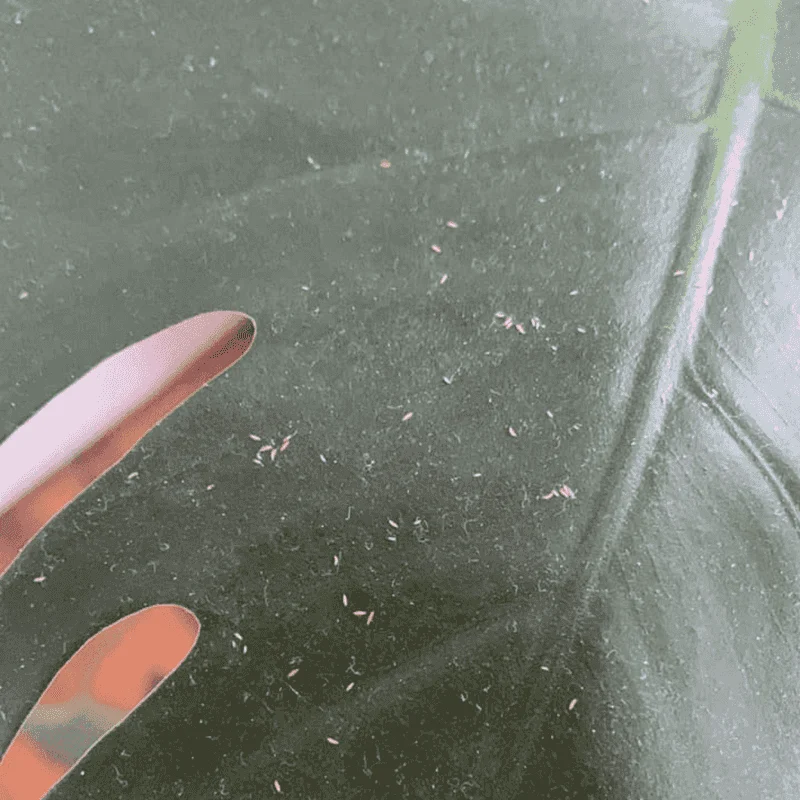
Monstera Deliciosa, famous for its Swiss cheese-like leaves, often attracts thrips. These pests feed on the plant’s sap, leading to discolored leaves.
Maintaining humidity can deter them, but constant vigilance is key. Its unique leaf pattern makes it a favorite among Instagram decor enthusiasts.
Interestingly, Monstera is native to tropical rainforests, necessitating high humidity for optimal growth. Embracing its natural habitat indoors can mitigate pest issues, ensuring lush greenery.
Peace Lily
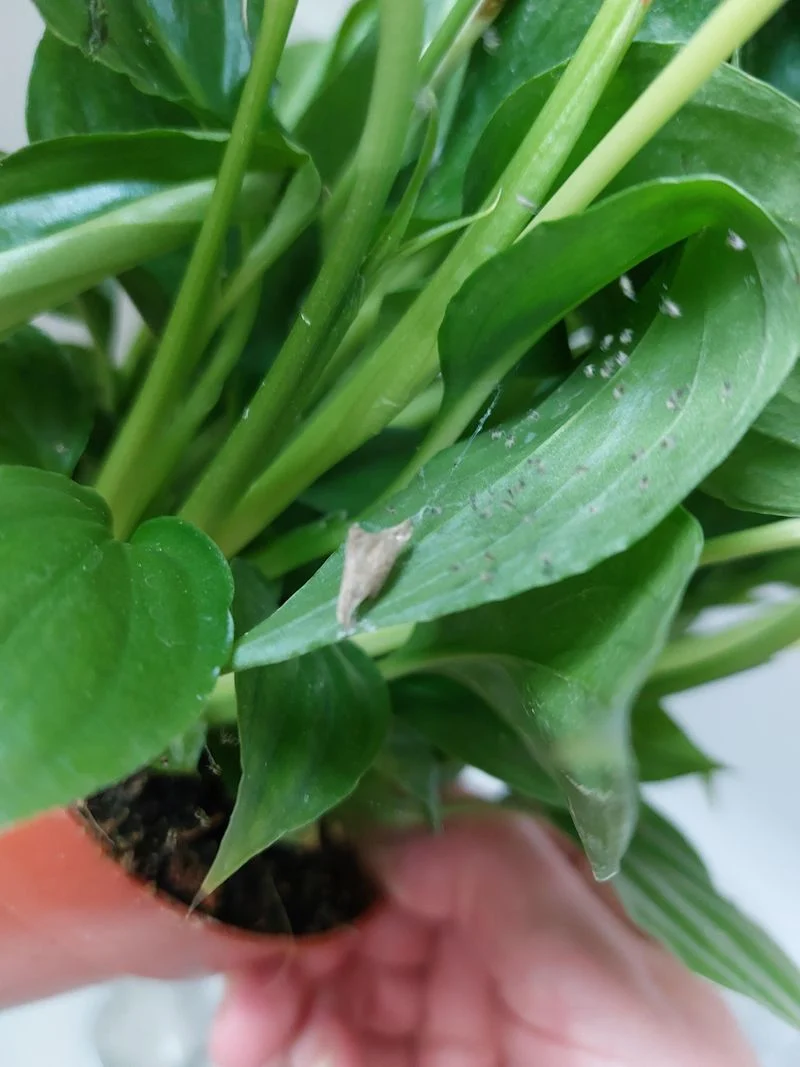
Peace Lily’s charm is undeniable with its graceful white blooms. However, its appeal extends to pests like aphids and mealybugs.
These pests feed on the plant’s juices, weakening it over time. Regularly wiping leaves and using insecticidal soap can help maintain its health.
Peace Lilies are symbols of peace and prosperity, often gifted for new beginnings. Their preference for shaded areas makes them a staple in many homes, despite the occasional pest setback.
Spider Plant
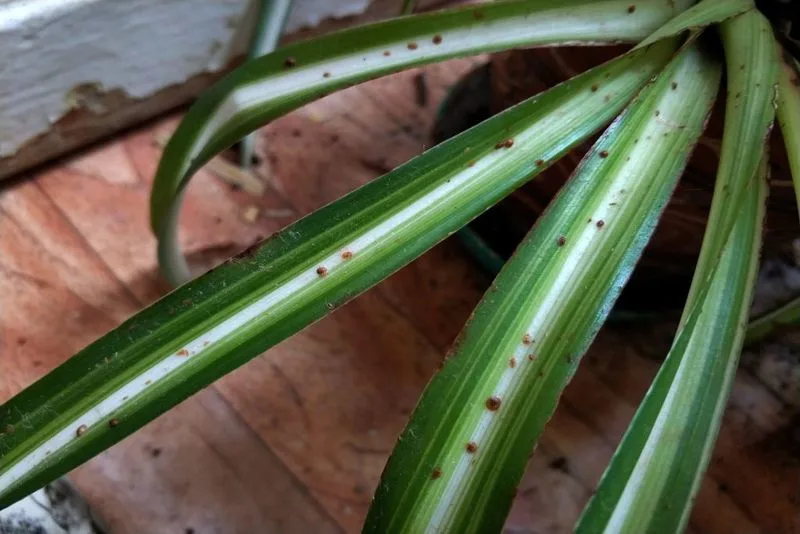
Spider Plants, with their arching leaves and baby plantlets, are playful additions to any space. They’re prone to attracting aphids, which can stunt growth.
Ensuring good air circulation and regular inspections can keep them in check. These plants are loved for their ease of care and propagation.
Fun fact: Spider Plants are known for their air-purifying properties. This makes them not just decorative but also beneficial for indoor environments. Keeping them pest-free enhances their benefits.
Succulents
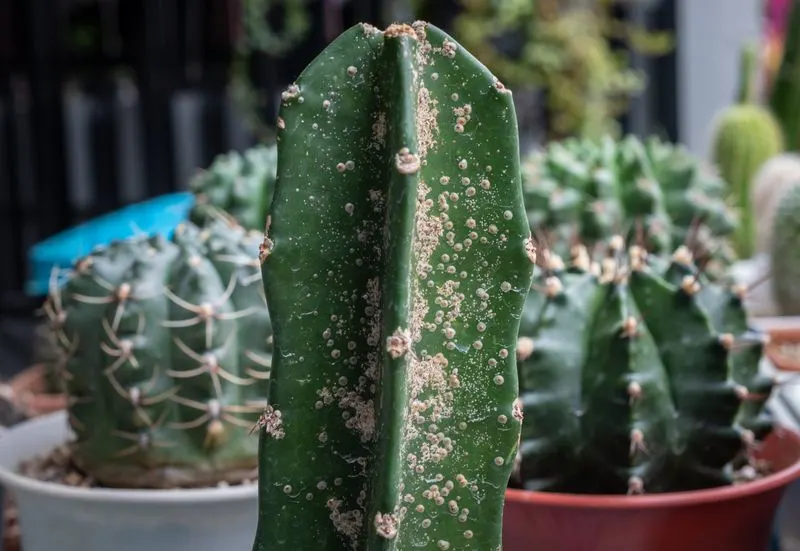
Succulents, with their diverse shapes and colors, are trendy for modern aesthetics. Yet, they’re not immune to pests like scale insects.
These pests attach to leaves, drawing nutrients and causing dullness. Regularly inspecting and cleaning them helps maintain their vibrancy.
Succulents store water in their leaves, making them drought-tolerant. This adaptability explains their popularity, but also why they may face unique pest challenges. Keeping them clean is essential for their longevity.
Orchid
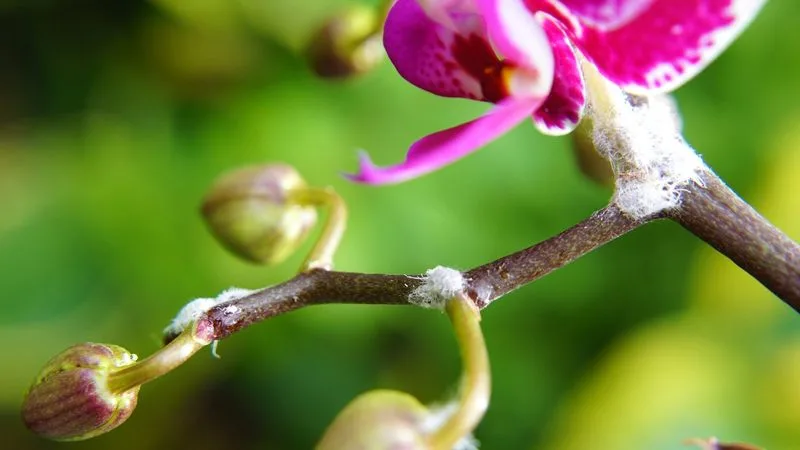
Orchids, prized for their intricate blooms, are susceptible to scale insects. These pests can mar the beauty of flowers by feeding on their sap.
Maintaining moderate humidity and using neem oil can combat these invaders. Orchids are often seen as symbols of luxury and beauty.
Their delicate nature requires attentive care, making them a rewarding challenge. Despite pest issues, their stunning flowers are worth the effort for many enthusiasts.
Basil
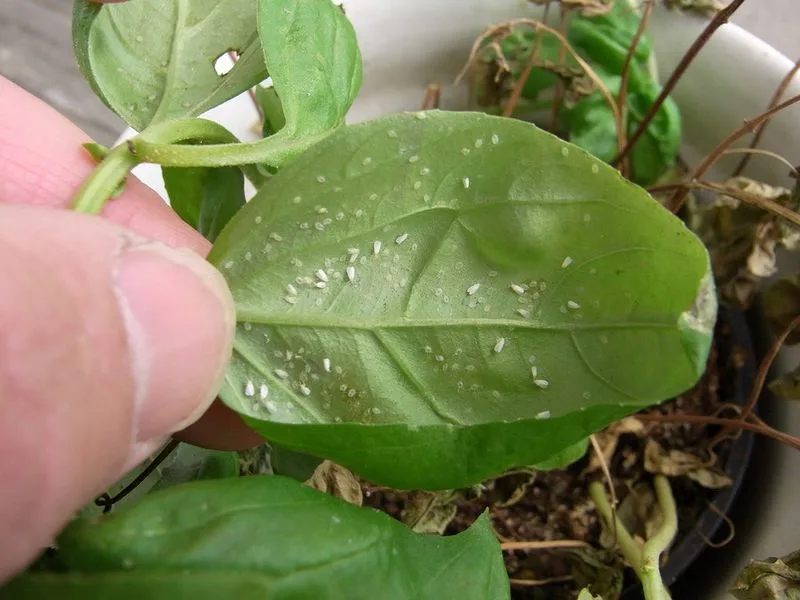
Basil, adored for its aromatic leaves, unfortunately attracts whiteflies and aphids. These pests can rapidly multiply, damaging leaves and reducing aroma.
Regular pruning and insecticidal soap can keep these nuisances at bay. Basil’s versatility in kitchens makes it a popular choice despite pest woes.
Originating from tropical regions, it thrives best with ample sunlight and well-drained soil. Keeping pests in check ensures a continuous supply of fresh leaves for culinary delights.
Aloe Vera

Aloe Vera, known for its healing properties, can attract pests like mealybugs. These pests create cotton-like masses on its leaves.
Regular inspection and gentle wiping can prevent infestations. Aloe’s medicinal benefits sometimes overshadow its pest challenges.
It’s a resilient plant, often used in skincare and health remedies. Keeping it pest-free ensures its leaves remain available for those soothing applications.
Pothos
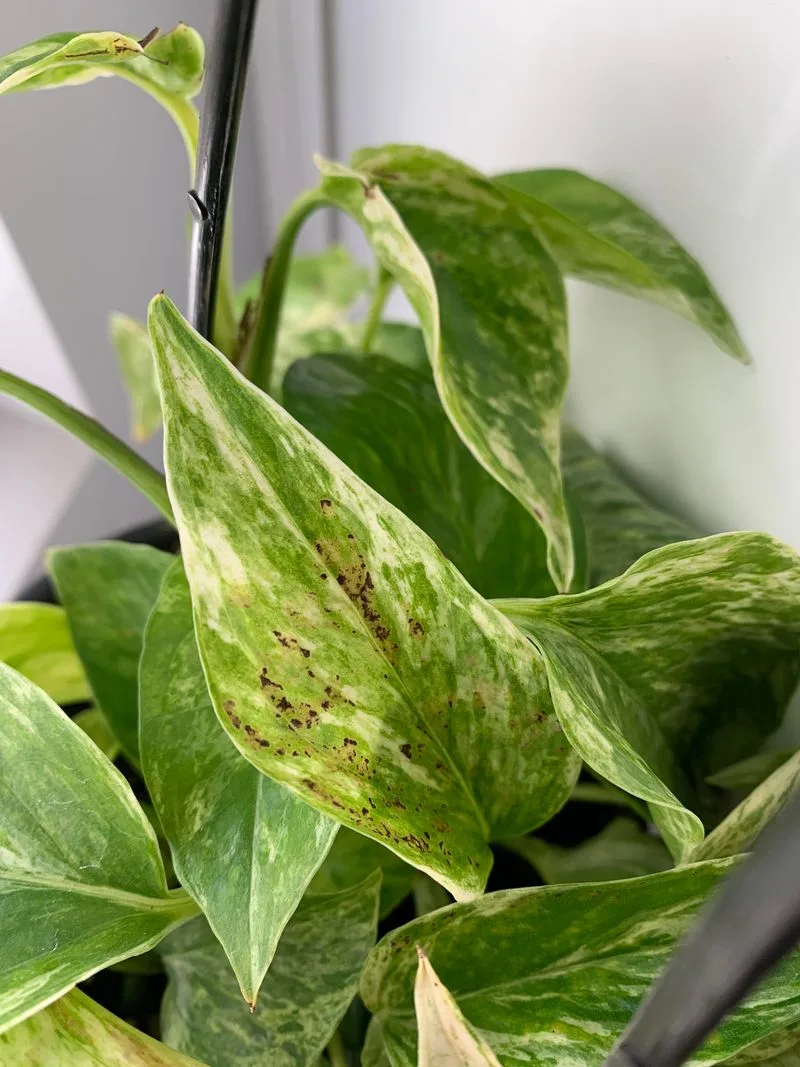
Pothos, or Devil’s Ivy, is celebrated for its hardiness and trailing vines. Yet, it can attract pests like spider mites and scales.
These can cause leaf browning if unchecked. Regular misting and cleaning are essential care steps. Pothos is beloved for its ability to thrive in low light.
Its resilient nature makes it a favorite among novice gardeners. Despite its challenges, its cascading foliage remains a winner for many plant lovers.
English Ivy
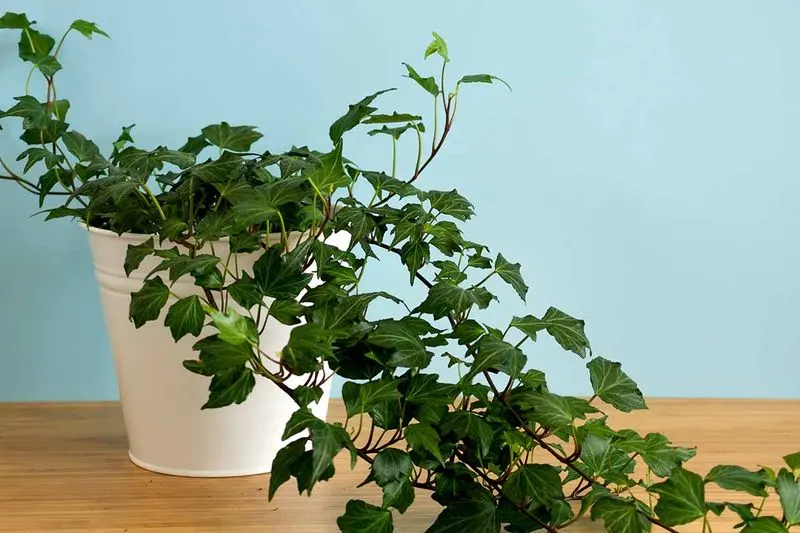
English Ivy, with its classic beauty, is a timeless indoor plant. However, it can attract pests like spider mites and aphids.
These pests can lead to leaf damage if not controlled. Regularly washing leaves with water helps keep them at bay. It’s a versatile plant, often used for vertical displays.
English Ivy’s elegant appearance makes it a staple in many homes. Proper care ensures it remains a striking addition to any interior.
Lavender
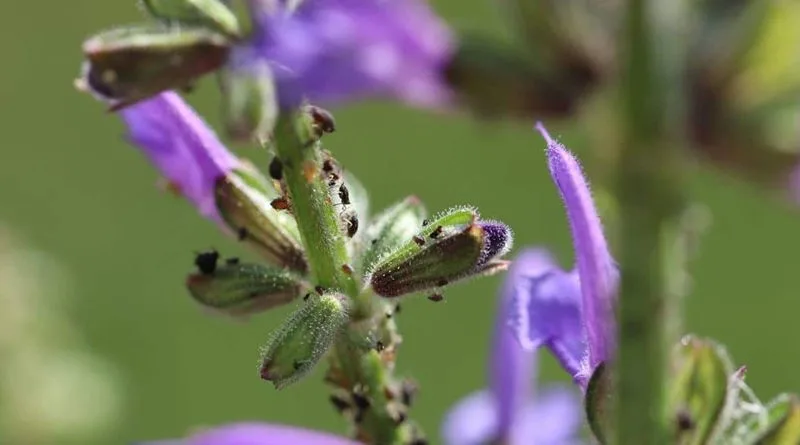
Lavender, known for its soothing scent, can sometimes attract aphids. These pests can cause curled leaves and reduced blooms.
Consistent monitoring and organic sprays can manage them effectively. Lavender’s calming fragrance is why it’s loved in homes.
Its vibrant purple flowers add a splash of color indoors, making it both a visual and aromatic delight. Tending to it diligently keeps it thriving beautifully.
Mint
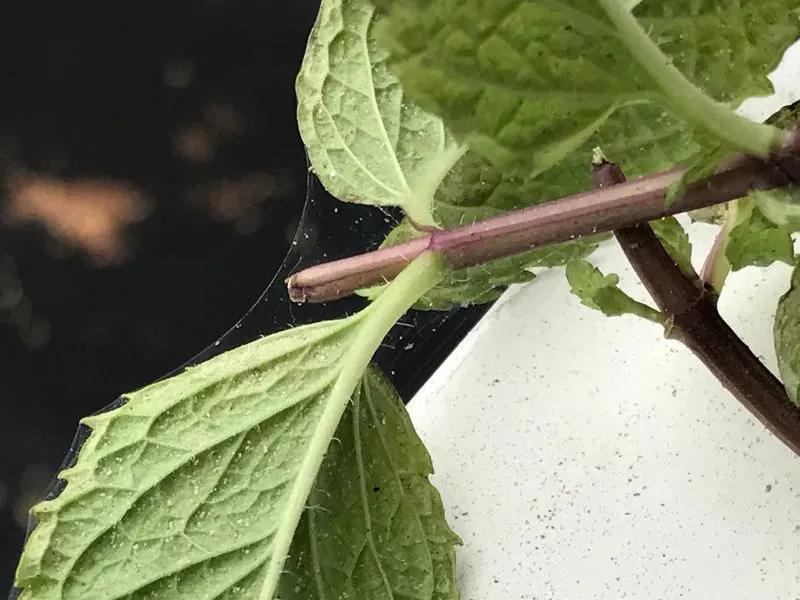
Mint, with its refreshing aroma, can invite pests like spider mites and aphids. These pests can stunt growth if not controlled.
Pruning regularly and ensuring good air circulation are effective preventive measures. Mint is a favorite for culinary uses, enhancing drinks and dishes.
Originating from temperate regions, it thrives indoors with adequate sunlight and moisture. Keeping it pest-free ensures a continuous supply for culinary adventures.
Rosemary
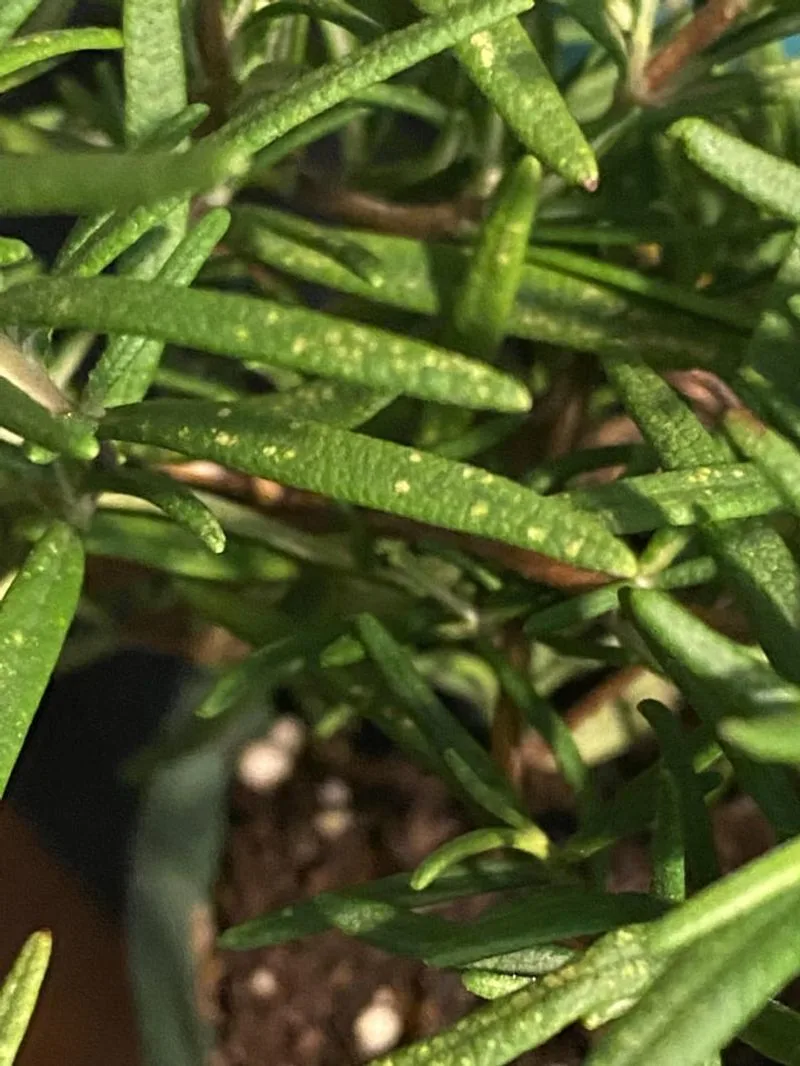
Rosemary, cherished for its culinary uses, can attract pests like spider mites. These can cause discoloration and reduced growth.
Ensuring good air circulation and regular checks can prevent infestations. Rosemary’s robust fragrance enhances indoor spaces.
Native to the Mediterranean, it thrives with ample sunlight and well-drained soil. Keeping it pest-free ensures its continued culinary and aromatic appeal.
Citrus Trees
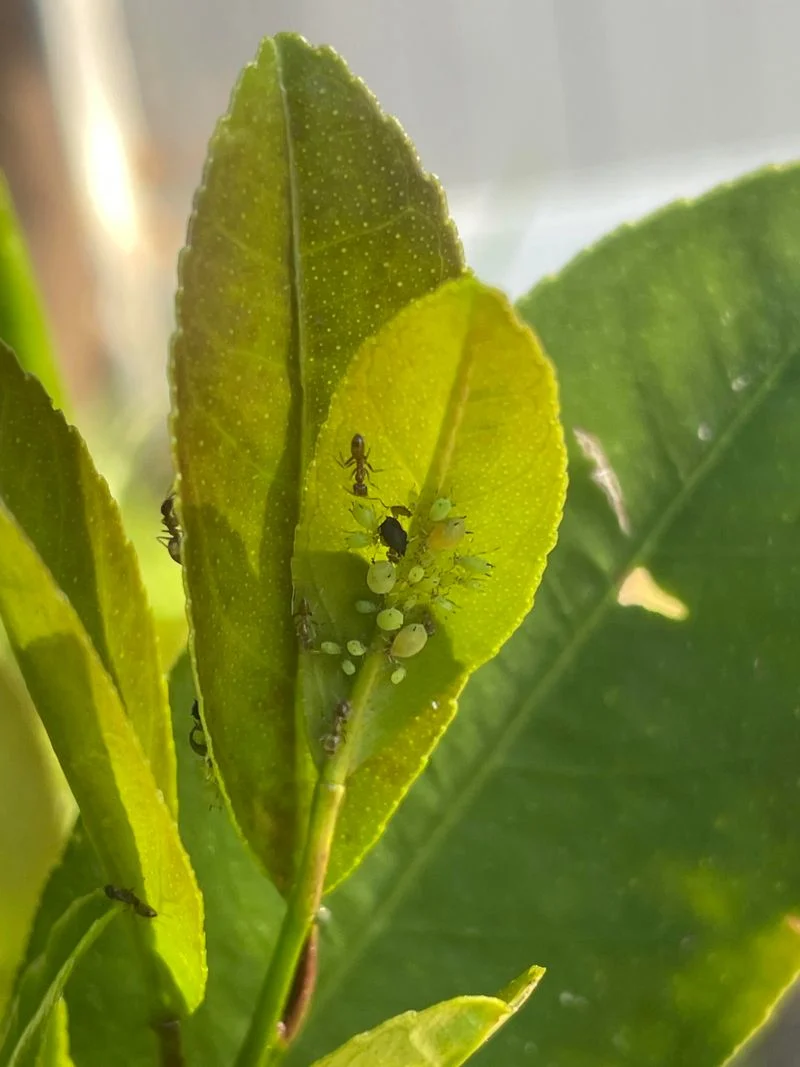
Indoor Citrus Trees, like lemon or lime, are delightful additions with their vibrant fruits. Yet, they can attract pests like aphids and spider mites.
These pests can affect fruit quality if not managed. Regularly inspecting and using organic treatments can keep them healthy. Citrus trees bring a touch of the Mediterranean indoors.
Their fruits and fragrant blossoms are a joy, making them worth the extra care. Keeping them pest-free ensures an abundant harvest of fresh citrus fruits.

